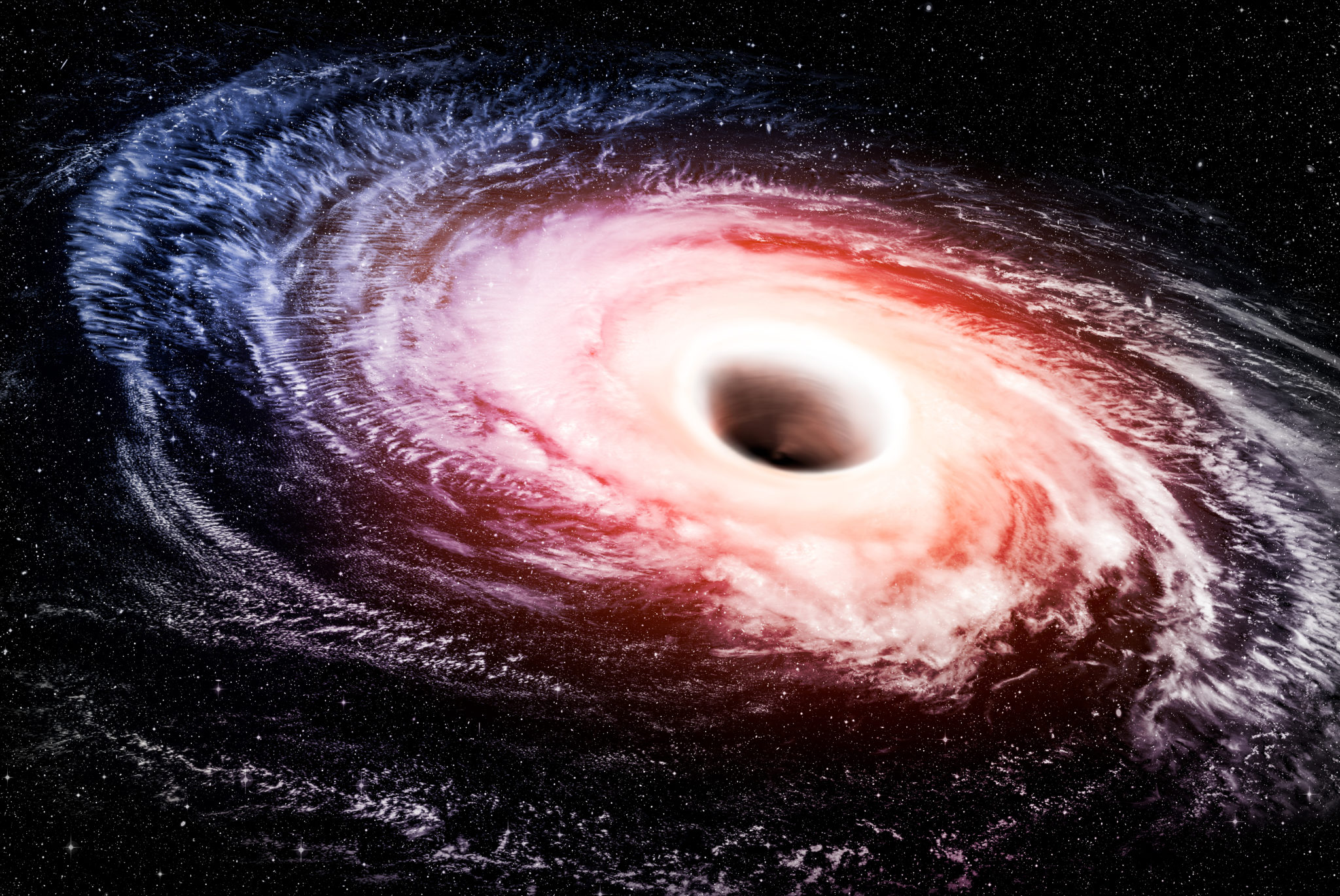Black Hole Discovery Yields More Evidence of Cosmic Design
I was first introduced to the “no-hair theorem” when I was a graduate student at the University of Toronto. Famous theoretical astrophysicist John Archibald Wheeler had been presenting a short summer course on the subjects of cosmology, singularities, and black holes when he referred to this term.
Alas, the no-hair theorem provides no explanation for my baldness or why some math theorems are much simpler than others. Rather, it offers an understanding of the physics and design features of black holes. It states that all observable characteristics of black holes are determined by only three parameters: the black hole’s mass, charge, and angular momentum or spin rate.1
Wheeler and fellow theoretician Jacob Bekenstein coined the hair metaphor to refer to all other information about black holes. The theorem states that such “hair“ disappears behind a black hole’s event horizon and, hence, becomes permanently inaccessible to external observers.2 The word “permanently” is a slight exaggeration. Years ago, Stephen Hawking showed that a black hole’s hair could become observable to external observers for the smallest, but not larger, black holes after the passage of just 1 unvigintillion years (that is 1 followed by 66 zeros years)!3
Event Horizon Telescope
Two years ago, I described (see blog post No Nearby Nasty Supermassive Black Holes) how astronomers used an array of nine millimeter-wave telescopes to map for the first time the event horizon of a black hole. The event horizon refers to the distance from the black hole’s center from which nothing, not even light, can escape the pull of the black hole’s gravity. A team of astronomers mapped the event horizon of the supermassive black hole (SMBH), weighing 6.5 billion times the Sun’s mass, at the center of the supergiant galaxy M87 that resides in the core of the Virgo Cluster of galaxies.
The telescope array is known as the Event Horizon Telescope (EHT). Figure 1 shows where the nine telescopes are located. Because of the distances between the telescopes and the short radio wavelengths that are observed, the EHT ranks as, by far, the highest resolution telescope astronomers possess. The resolving power is 2,000 times greater than the best resolution achieved by the Hubble Space Telescope (HST). It is the only currently available instrument capable of mapping event horizons of black holes.
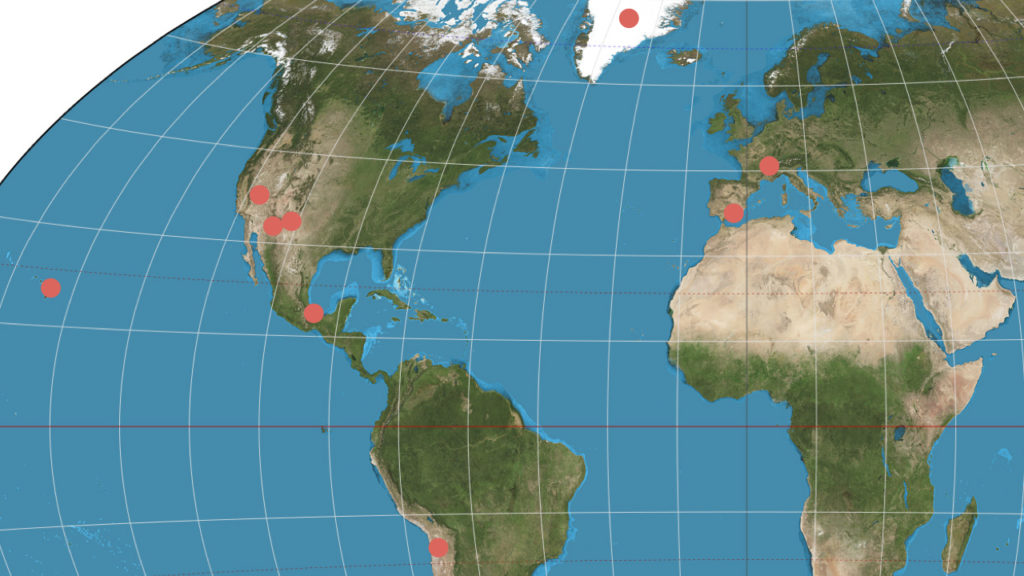
Figure 1: Locations of the Millimeter-Wave Telescopes That Comprise the Event Horizon Telescope
World map credit: NASA; Diagram credit: Hugh Ross
Event Horizon Telescope Discovery
Now, the team of 35 astronomers that comprise the EHT Collaboration has announced a second major discovery.4 They produced the first–ever detailed map of the launching and collimation (parallelization) of the relativistic jets occurring just outside the event horizon of the SMBH in the center of the radio galaxy Centaurus A.
Centaurus A, also known as NGC 5128, at a distance of 12.4 million light–years5 is the nearest radio bright galaxy (see figure 2). The mass of its SMBH = 55 million solar masses.
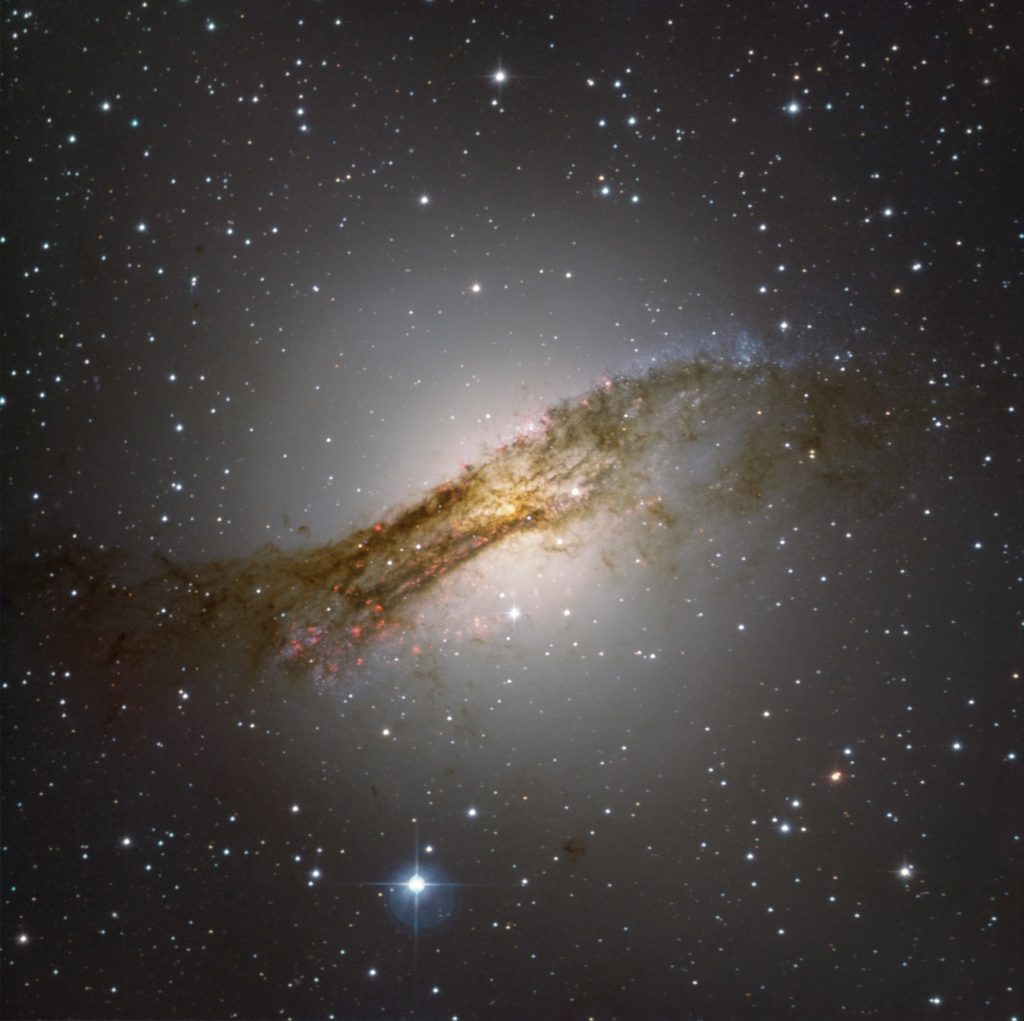
Figure 2: Centaurus A (NGC 5128) in Visible Light
Credit: European Southern Observatory
Only 3 of the 9 telescopes in the EHT were able to make quality observations of Centaurus A due to its location at 43° south on the celestial sphere. Hence, the EHT Collaboration was not able to map the event horizon of Centaurus A’s SMBH. However, it did produce a high-quality map of the relativistic jets being launched and collimated from just outside the event horizon of the SMBH. Figure 3 shows the map.
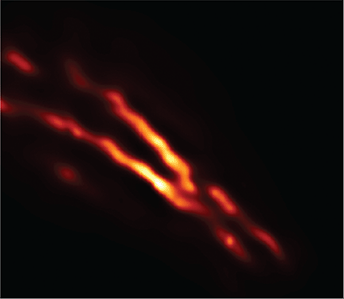
Figure 3: Relativistic Jets Launched from Just Outside the Event Horizon of Centaurus A’s Supermassive Black Hole
Credit: Event Horizon Telescope Collaboration
Astronomers had previously produced maps of relativistic jets being launched and collimated from just outside the event horizon of M87’s SMBH (see figure 4) and stellar-mass black holes (black holes with 5–11 times the Sun’s mass). However, they had never before produced maps of relativistic jets being launched from just outside the event horizon of a black hole ranging from between a few solar masses and several billion solar masses.
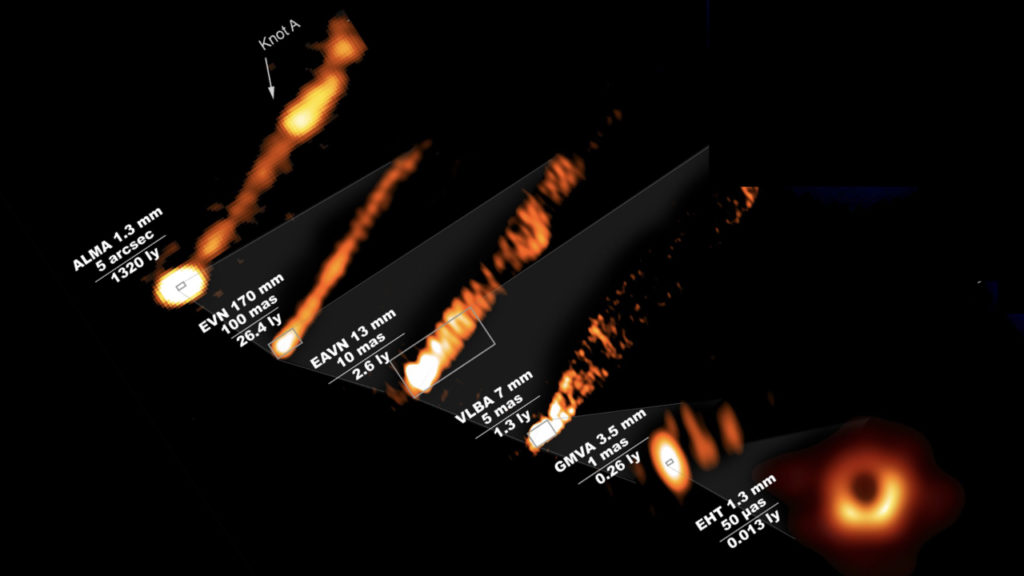
Figure 4: Relativistic Jets Launched from Just Outside the Event Horizon of M87’s Supermassive Black Hole
Discovery Implications
The new map of relativistic jets launched from just outside the event horizon of Centaurus A’s SMBH yields strong evidence that there is no fundamental difference in the behavior and features of relativistic jets launched from just outside the event horizons of black holes over the mass range of 5–65,000,000,000 solar masses. This consistency also strengthens the case for the no-hair theorem. More importantly, it satisfies a prediction from RTB’s cosmic design model. That prediction holds that a Creator intent on fashioning the universe to provide an optimal physical home for human beings would design black holes so that they would manifest relatively uniform behavior across a broad mass range.6 In this way, the Creator continues to reveal mysteries of the universe that show planning and purpose.
Endnotes
- Charles W. Misner, Kip S. Thorne, and John Archibald Wheeler, Gravitation (San Francisco: W. H. Freeman, 1973), 875–76.
- Misner, Thorne, and Wheeler, Gravitation; M. Schiffer, “Naked Singularities Cannot Be Observed (An Information-Theoretic Approach to the Cosmic Censorship Conjecture),” General Relativity and Gravitation 25 (February 1993): 197–204, doi:10.1007/BF00758827; Günter Götz, “On the Cosmological ‘No-Hair’ Conjecture,” Physics Letters A 128, nos. 3–4 (March 28, 1988): 129–32, doi:10.1016/0375-9601(88)90894-8.
- S. W. Hawking, “Black Holes and Thermodynamics,” Physical Review D 13, no. 2 (January 15, 1976): 191–97, doi:10.1103/PhysRevD.13.191.
- Michael Janssen et al., The Event Horizon Telescope Collaboration, “Event Horizon Telescope Observations of the Jet Launching and Collimation in Centaurus A,” Nature Astronomy: Letters (July 19, 2021 online release in advance of publication), doi:10.1038/s41550-021-01417-w.
- Gretchen L. H. Harris, Marina Rejkuba, and William E. Harris, “The Distance to NGC 5128 (Centaurus A),” Publications of the Astronomical Society of Australia 27, Special Issue 4: The Many Faces of Centaurus A (2010): 457–62. doi:10.1071/AS09061.
- Hugh Ross, “Black Holes as Evidence of God’s Care,” Religions 12, no. 3 (March 2021): id. 201, doi:10.3390/rel12030201.


